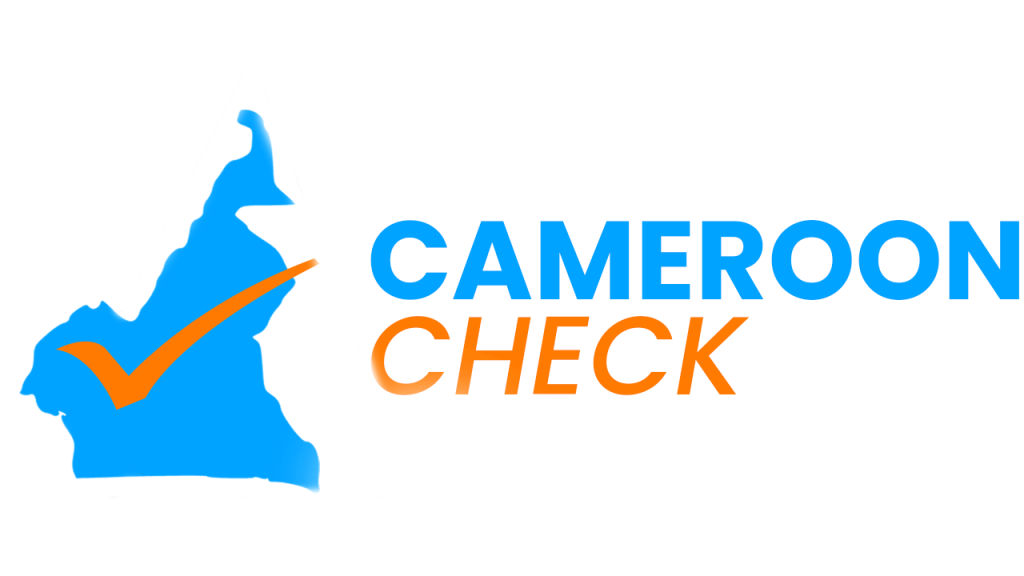How to verify a website and people behind it: Nowadays, most people are in the business of making money digitally through any means necessary. It is increasingly difficult to determine what is right and wrong in the media due to information overload. Here are a few tips to identify credible sources. Check if the article was publish with a name. If so, is the author specialise in the field in which they are reporting? Does the article cite or link to authoritative sources, or are they writing their own opinions without backing these up with facts?

Unlike the conventional media, identify alteration, theft or simply fake accounts and websites are most common due to little or no control. Information on social media from a reliable individual is credible to that of an imposter. Basic questions about the source can help you determine the varsity of the information published there.
Basic Questions
- Who is the author of the source?
- Where was the source published?
- What information does the source include and what does it look like?
- When was the source published or updated?
- Why did the author create the source?
Look at the three letters at the end of the site’s domain name, such as “edu” (educational), “gov” (government), “org” (nonprofit), and “com” (commercial). Generally, .edu and .gov websites are credible, but beware of sites that use these suffixes in an attempt to mislead. Nonprofit websites may also contain reliable information, but take some time to consider the organization’s purpose and agenda to determine if it could be bias. Commercial websites, such as those of reputable news organizations, can also be good sources, but do some investigation to look for signs of reliability.
When assessing credibility, you want to make sure that your sources are up-to-date. Research changes constantly, and we’re always learning new things about the world. Make sure that the sources you use were publish recently, so you can be sure the information is accurate. Establish the tone of article. Second guess articles that are less factual and more inclined to emotion and persuasion.

Author’s Credibility
Just with a few keyboard strokes and clicks you can find just about anything on the media. Check the author’s LinkedIn account, social media page to know more about them and their specialty. It should be a red flag if you can’t find anything about the author. If authors are not mention in the website then it is a call for concern.
Reporters who aren’t popular usually have a brief bio attach at the end of the story. This further proves that the name used isn’t just a pen name.
Media Literacy Links
Investment Schemes: The New Scam
How Cameroon Check Combats Fake News in Cameroon
The power of visual evidence and confirmation
Combating fake news on social media

